overleaf template galleryCommunity articles — Recent
Papers, presentations, reports and more, written in LaTeX and published by our community.
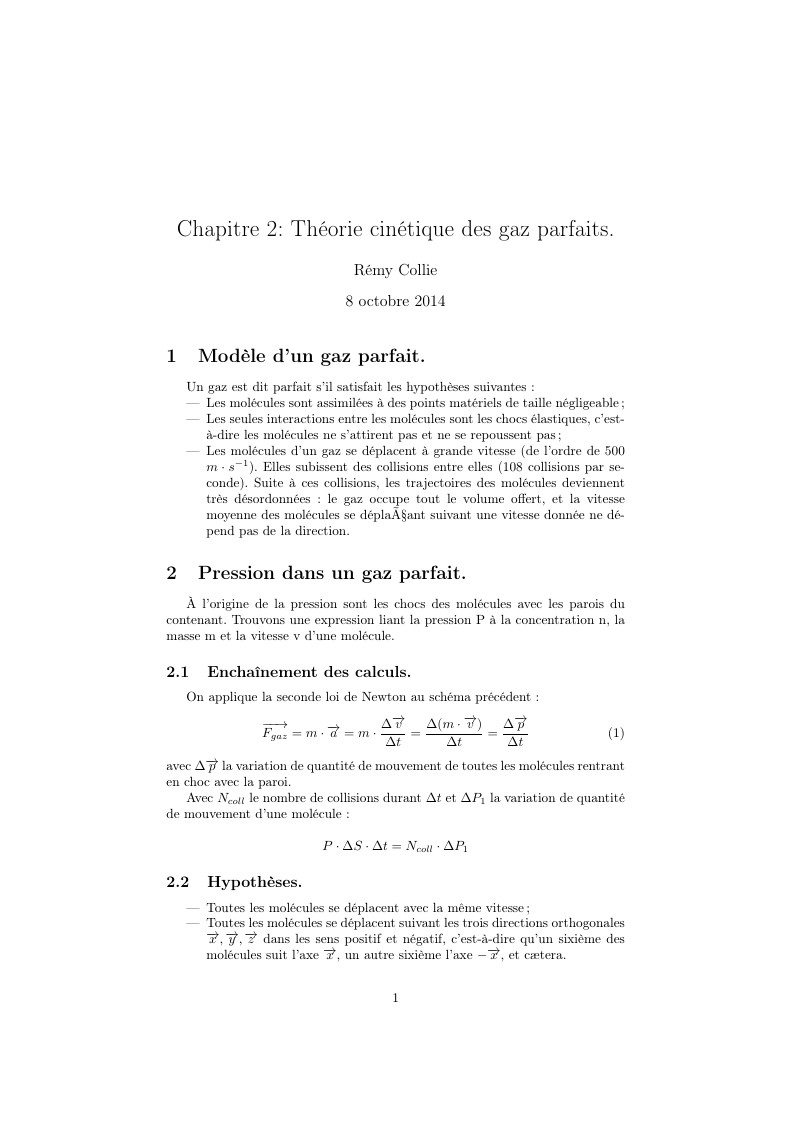
Chapitre 2, Peip2, Polytech'Nice Sophia, sans les sch\'emas et applications sch\'ematis\'ees
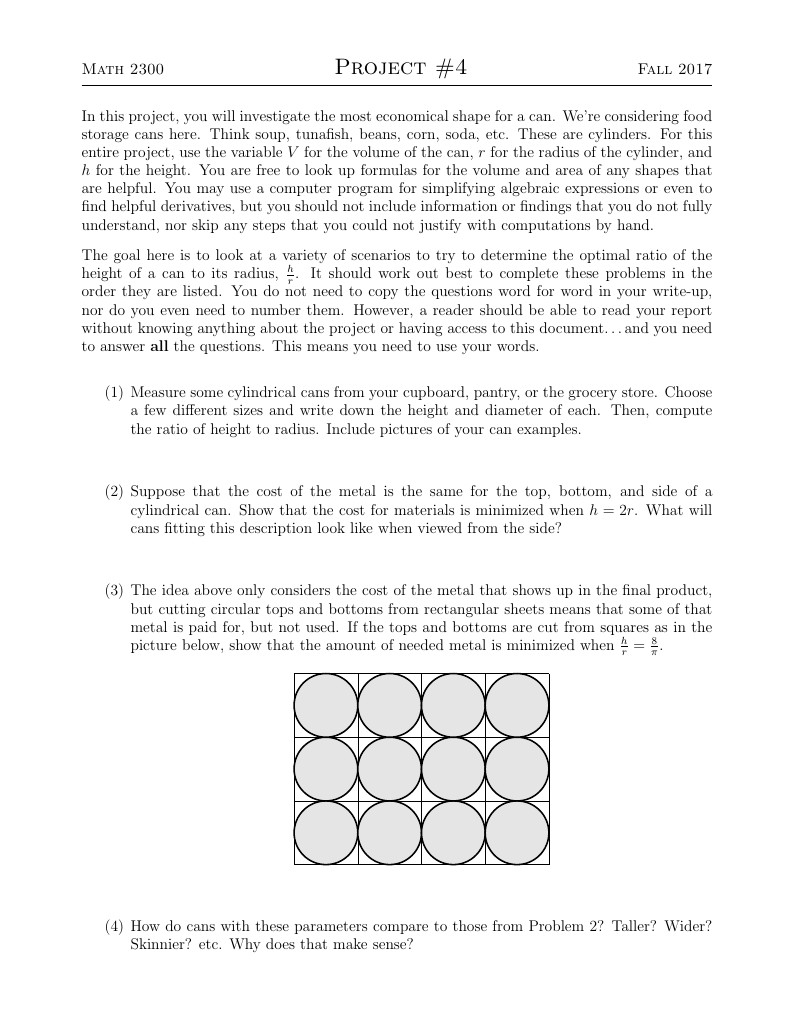
This project for a Calculus I class was adapted from a similar set of problems from the Calculus series by James Stewart.
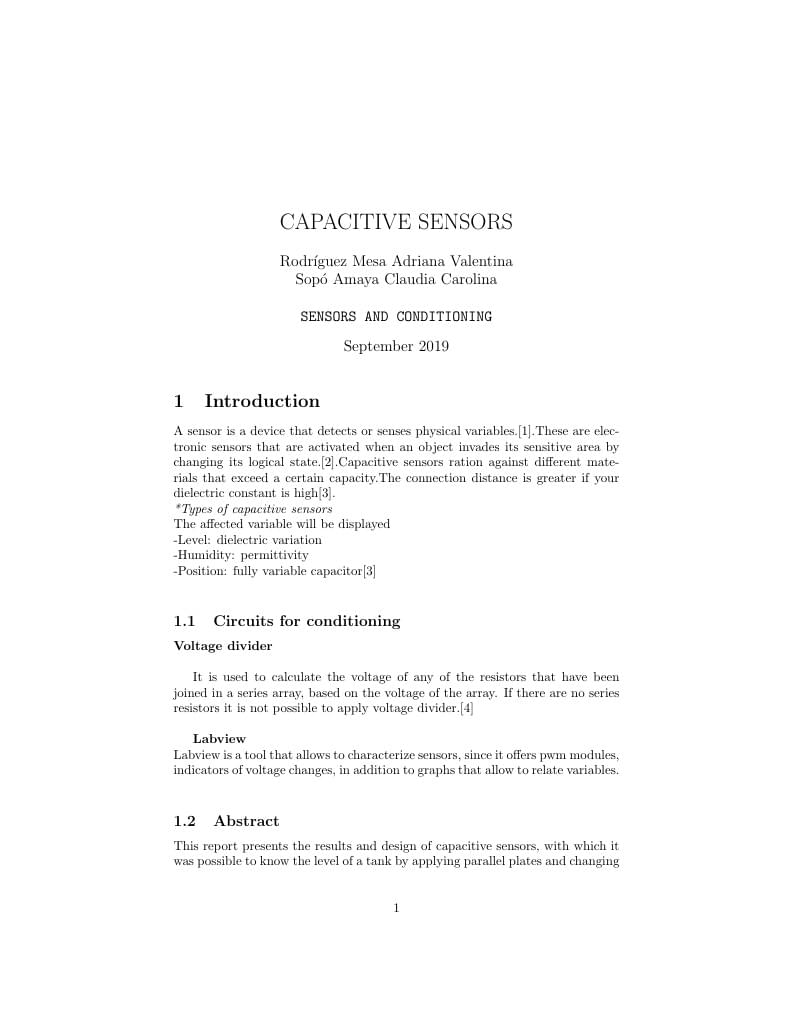
Capacitive
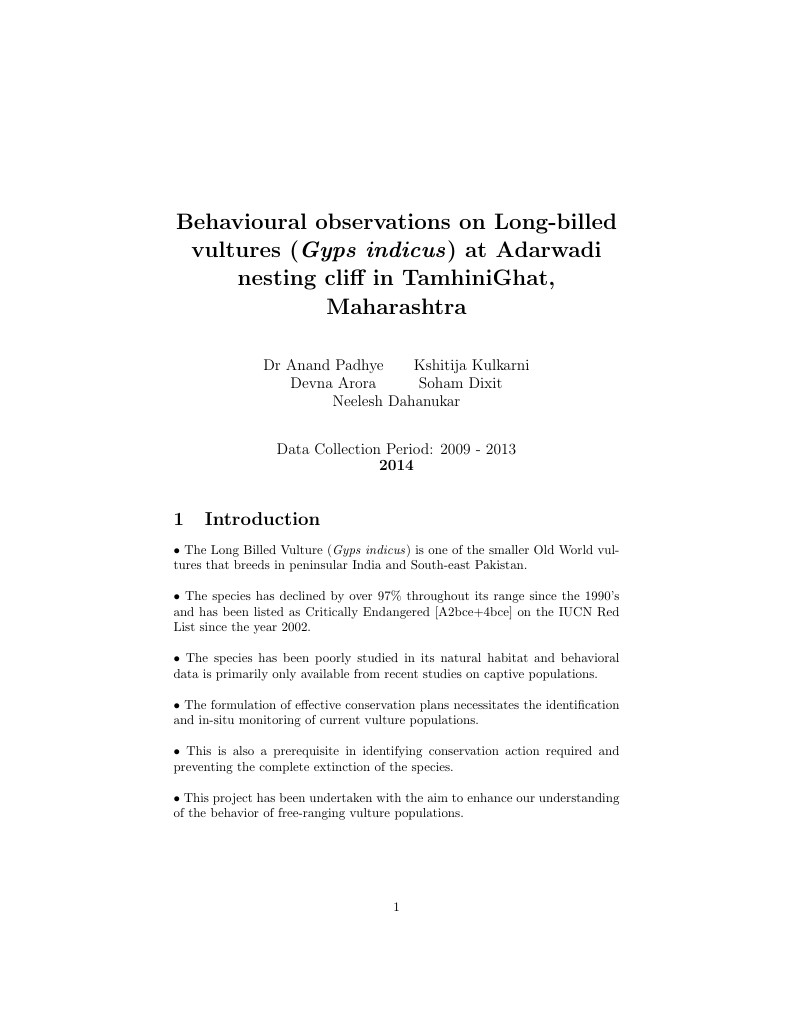
Behavioural observations on the critically endangered Long-billed vultures (Gyps indicus) at Adarwadi nesting cliff in Tamhini Ghat, Maharashtra, India. Nests and perches identified and statistical data collected for the same.
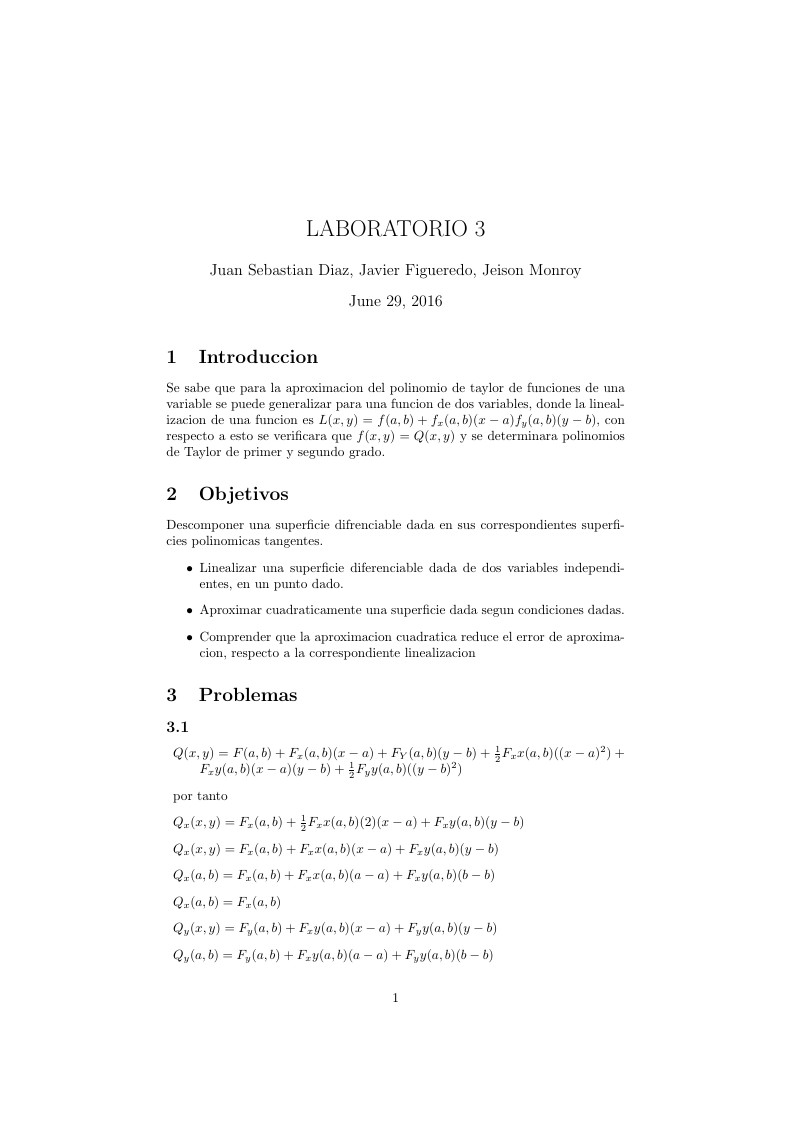
laborario 3 de calculo vectorial
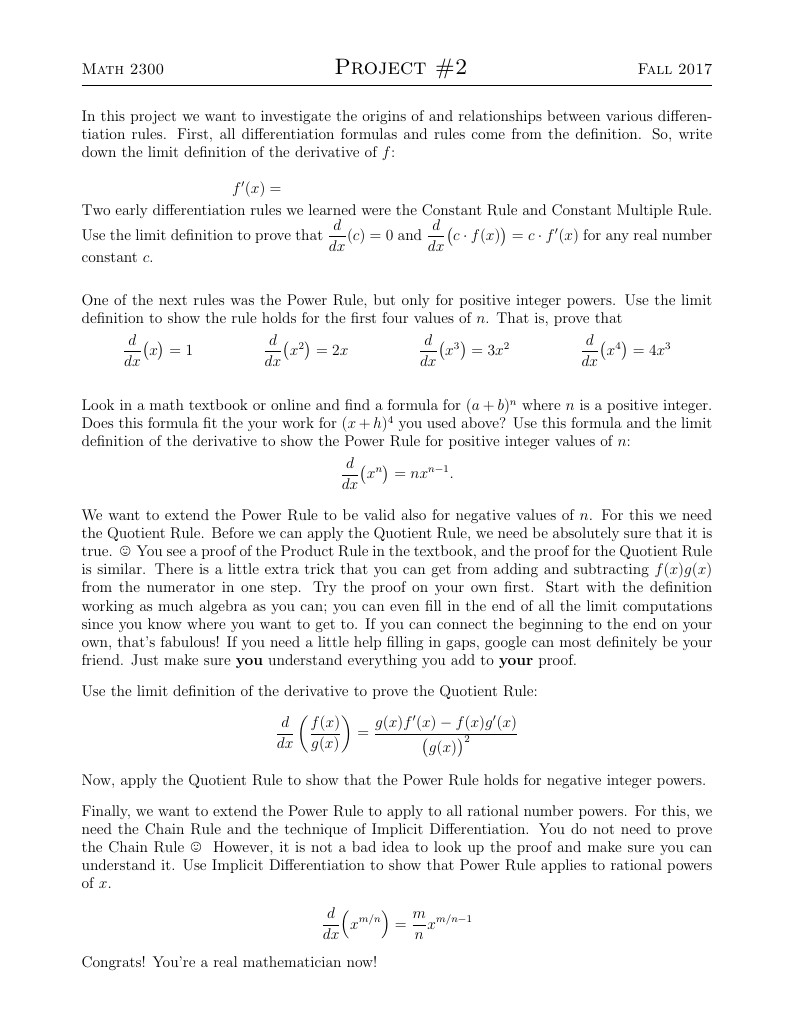
A second project for Calculus 1 at Fitchburg State. Explore the proofs of some of the derivative rules and derive new rules from old.

My resume. Created with the AltaCV template.
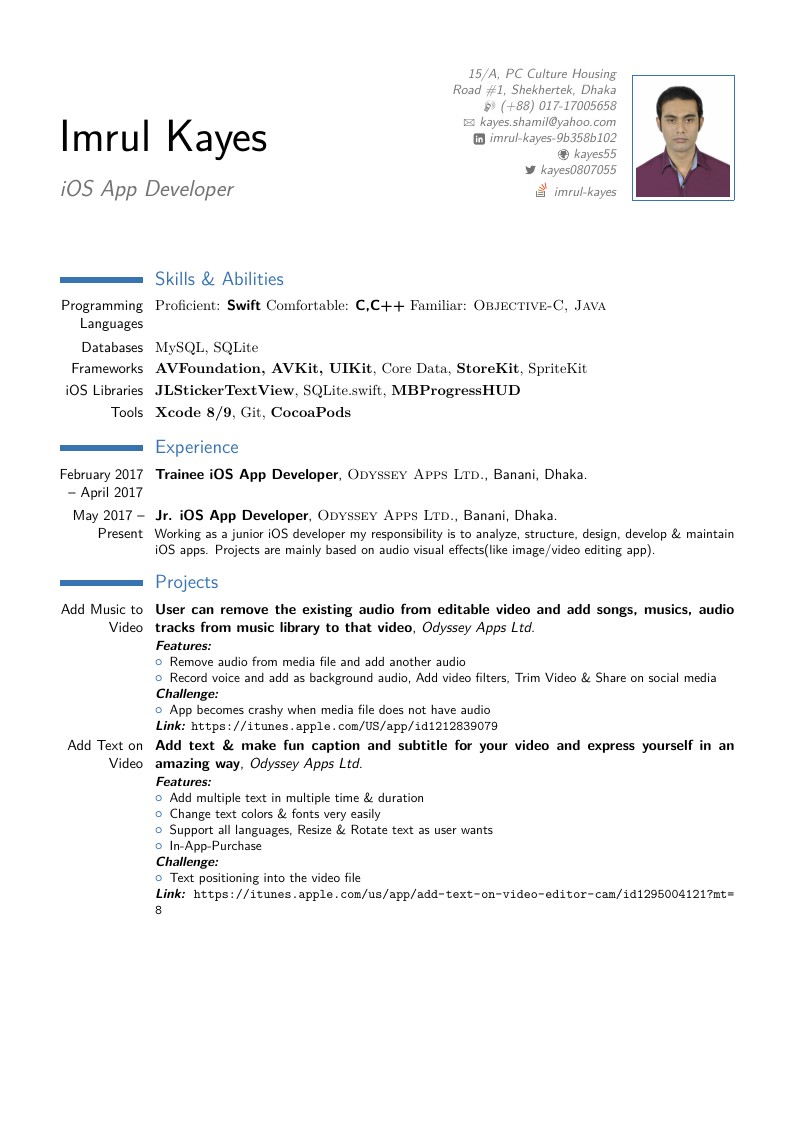
K.M. Imrul Kayes Sikdar's CV
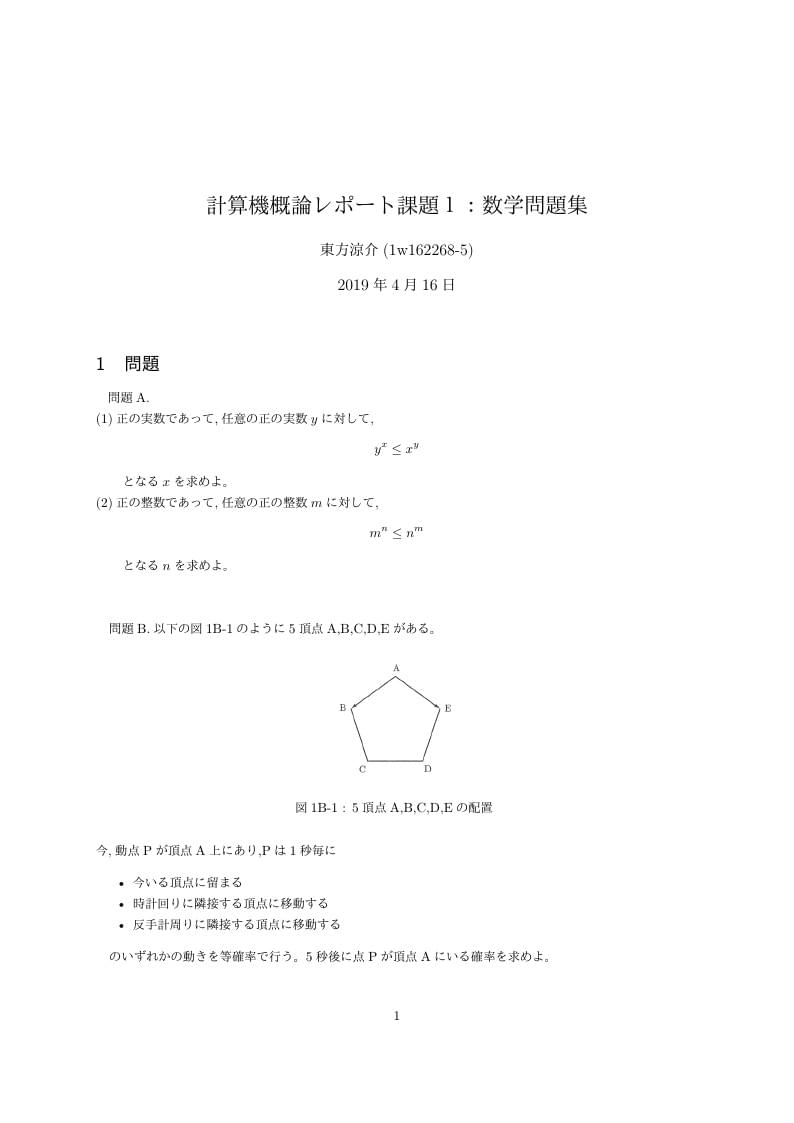
高校数学~大学基礎レベルの数学の問題集(解答付き) Simple math problem set with solution.
\begin
Discover why over 20 million people worldwide trust Overleaf with their work.